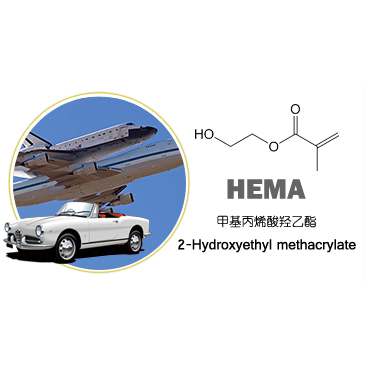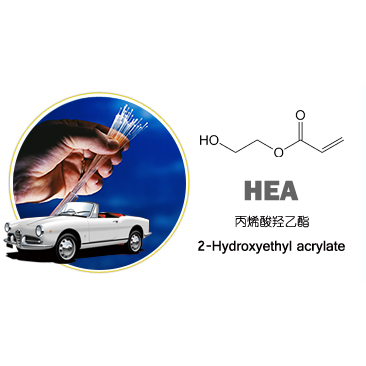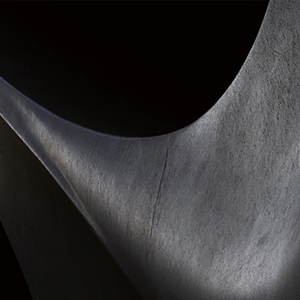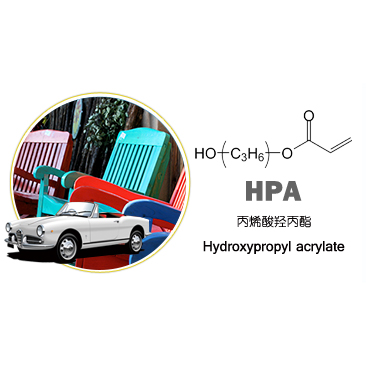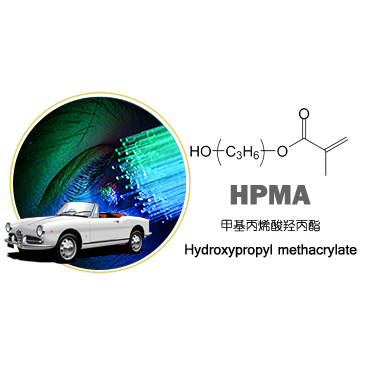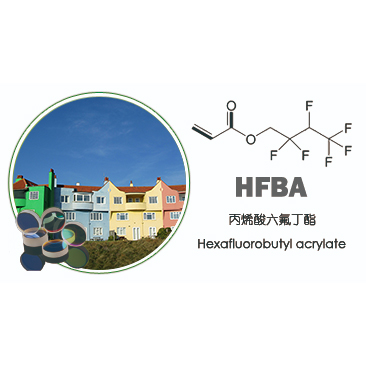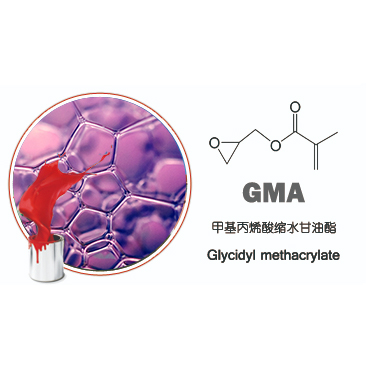- E-mail : info_marketing@jindunchemical.cn
- Phone : +86 21 64057580
- Address : Shanghai China
YS-D260 ABS vacuum coating UV primer/topcoat

Product name:UV vacuum coating primer
Item No.:YS-D260
Main composition:The main component is acrylic resin with excellent performance, mixed with acrylic monomer, high-performance pigments and fillers, additives and photoinitiators.
Scope of application: primer for vacuum ion evaporation coating, sputtering coating and magnetron coating of ABS substrate.
Product Specification:
Product performance:
◆Standard product of UV vacuum coating primer, fast curing speed.
◆Reasonable viscosity, suitable for spraying process, convenient and quick construction.
◆The paint film has good hiding power, strong fullness and good leveling.
◆Good adhesion to ABS substrate, some plastic materials need treatment agent, and good plating performance on aluminum coating.
◆The paint film is flexible and easy to adhere to the surface of various shapes.
Performance evaluation:
◆Viscosity: Paint No. 2 Cup (Iwata Cup) 9-10s
◆Curing speed:6 lights 1 time, 60m/min
◆Hardness: 1H-2H
◆Adhesion: ≤2 level
Method Application:
◆Oil mixing ratio: It can be used directly under normal circumstances, and can be diluted with butyl acetate when necessary.
◆Spray construction, coating amount (wet film) 150-200g/m2, wet film thickness 20-30um.
◆Place the heating leveling line for 4~5 minutes/UV light curing (>500mJ/cm2)
Recommended process:
Substrate sanding and dust removal → substrate degreasing and degreasing → substrate upper fixture → production line → electrostatic dust removal → automatic spraying of this product → infrared leveling → UV lamp curing → offline cage → into the coating machine coating → production Production line → production line → automatic spraying top coat → infrared leveling → UV lamp curing → offline → lower fixture → packaging
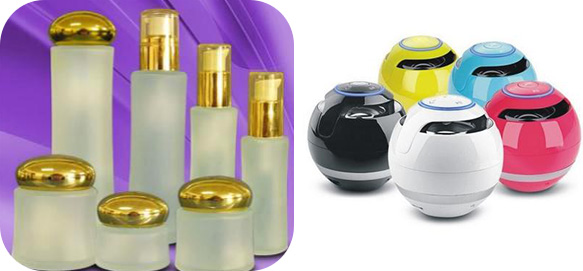
Normal Question&Aanalysis
◆Poor adhesion: the paint film is not completely dry; there are many thinner residues; the substrate is not treated well; the paint film is too thick; the polishing is not in place, and the adhesion between the paint film layers decreases.
◆Sickness of paint film such as crater on the surface: the paint is contaminated; the coating amount is too low; the substrate is not fully wetted.
◆Poor leveling: the proportion of diluent is not appropriate; the temperature of the leveling line is not enough; the heating leveling time is too short, and the leveling is insufficient. Precautions:
◆This product is a transparent viscous liquid. Slight turbidity is normal, and it needs to be filtered again before use.
◆If you need to reduce the viscosity of this product before spraying, you can add butyl acetate and stir evenly.
◆Construction by spraying method. After construction, add infrared leveling line for 4 to 5 minutes, and then light curing.
◆Keep the temperature of the leveling line to ensure that the workpiece stays for enough time.
◆It is not advisable to paint too thick at one time, which will affect the adhesion and cause sagging.
◆The substrate must be polished beforehand, and the surface must be cleaned of oil and dust, otherwise the adhesion will be affected.
◆Reconstruction on the fully cured paint film, the paint must be polished and dust removed again.
◆The construction environment of this product must avoid direct sunlight or strong light sources.
◆Sickness of paint film such as crater on the surface: the paint is contaminated; the coating amount is too low; the substrate is not fully wetted.
◆Poor leveling: the proportion of diluent is not appropriate; the temperature of the leveling line is not enough; the heating leveling time is too short, and the leveling is insufficient. Precautions:
◆This product is a transparent viscous liquid. Slight turbidity is normal, and it needs to be filtered again before use.
◆If you need to reduce the viscosity of this product before spraying, you can add butyl acetate and stir evenly.
◆Construction by spraying method. After construction, add infrared leveling line for 4 to 5 minutes, and then light curing.
◆Keep the temperature of the leveling line to ensure that the workpiece stays for enough time.
◆It is not advisable to paint too thick at one time, which will affect the adhesion and cause sagging.
◆The substrate must be polished beforehand, and the surface must be cleaned of oil and dust, otherwise the adhesion will be affected.
◆Reconstruction on the fully cured paint film, the paint must be polished and dust removed again.
◆The construction environment of this product must avoid direct sunlight or strong light sources.
Packing and storage:
◆Standard packaging: 18kg, 50kgs, 190kgs.
◆This product should be stored in a dry and low temperature place, kept clean and ventilated, and sealed in time after use.
◆The shelf life of this product is valid within half a year from the date of production.
Safety Rule:
◆This product has low toxicity, avoid contact with skin and eyes.
◆If this product gets on the skin or clothes, wipe it clean with a cloth first, and then wash it with water, to prevent skin burns. If it gets into your eyes, rinse immediately with water for more than 20 minutes.
◆Should be placed out of children’s reach
◆This product contains solvents and belongs to Class III flammable chemicals. Keep away from open flames.






































